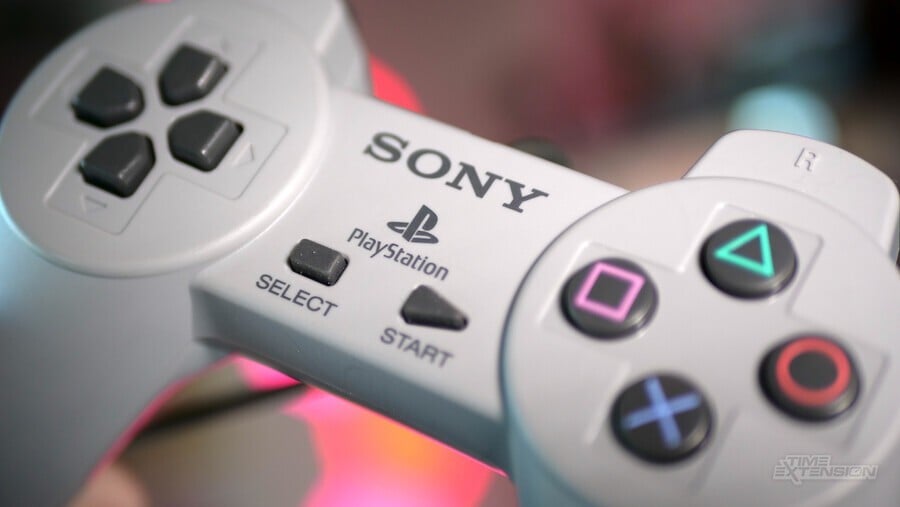
When Sega began its work on creating the 32-bit Saturn console, it assumed it would have the market all to itself, more or less; Atari's Jaguar and the 3DO were struggling, while Sega's Mega Drive / Genesis still enjoyed a decent share of the global market.
Of course, newcomer Sony threw a spanner in the works by releasing its PlayStation system at the same time—a console which, in many ways, offered a superior experience and, in the fullness of time, would garner significantly more third-party support, outselling Saturn by a ratio of ten-to-one.
Much has been written about Sega's internal politics around this time, with its North American and Japanese offices rarely seeing eye-to-eye. Saturn's rushed launch, according to former SoA CEO Tom Kalinske, was a disaster, and Kalinske himself tried (and failed) to get the console's specs revised so it could better face PlayStation. Then Sony dropped the bombshell at E3—it would be launching its console at $299, undercutting Saturn by $100.
An embattled Sega went on damage control, knowing that retailers would favour the cheaper system. In a 1995 trade advertisement recently scanned by those excellent folks over at the Video Game History Foundation, the magnitude of Sega's worries is clear for all to see; while the comparison chart is intended to give the impression of supreme confidence, reading it today comes across as "fucking embarrassing," according to one social media user.
Some of the points raised in the chart have merit; beyond its hit-and-miss ImageSoft label, Sony was largely untested in the world of video games, while Sega could call upon its legacy as a creator of amazing arcade and console titles. It's also true that Sony's attention was spread across many different sectors, while Sega was, at the time, solely focused on video games ("They make a decent TV; you could hook one up to your Sega Saturn", says Sega in the ad).
However, the claim that the "advertised price does not include software" feels like a particularly desperate attempt to deflect from the fact that Sony had rattled Sega royally by launching at under 300 bucks; the inclusion of Virtua Fighter as a pack-in title could hardly make up for a $100 price difference.
30 years have passed since this advertisement was printed, and Sega and Sony are no longer bitter rivals. It's also true that, despite its commercial struggles, Saturn turned out to be an amazing platform for gaming—some might even argue that, for certain genres, it's superior to PlayStation. However, back in 1995, we didn't have the benefit of hindsight; instead, all we could see was Sega slowly crumbling under Sony's challenge.





